Vans have a lower speed limit on some roads in the UK. But what about if it’s a van that is derived from a car or MPV? Pick-up trucks, campervans and dual-purpose vehicles also all need to be checked before you can accurately say what speed limit applies.
Small van speed limit

Small vans are vans that weigh up to 3.5 tonnes.
- Urban (built-up) areas: 30mph
- Single carriageways: 50mph
- Dual carriageways: 60mph
- Motorways: 70mph (60mph if towing a trailer)
- Areas as signposted which are less than 50mph (e.g. 20mph): as signposted
This means that the speed limit is 10mph less on single and dual carriageways; motorways and urban built-up areas remain unchanged. Local authorities can post different speed limits, therefore in a 40mph or 20mph zone, the van’s speed limit is 40mph and 20mph respectively.
Large van speed limit

Large vans have a gross vehicle weight (GVW) between 3.5-7.5 tonnes. The same speed limits apply, but under EU law the vehicle must have a limiter that prevents it from driving above 56mph, which means the dual carriageway and motorway limits are all but irrelevant (unless you’re coasting down a steep hill).
Car-derived van
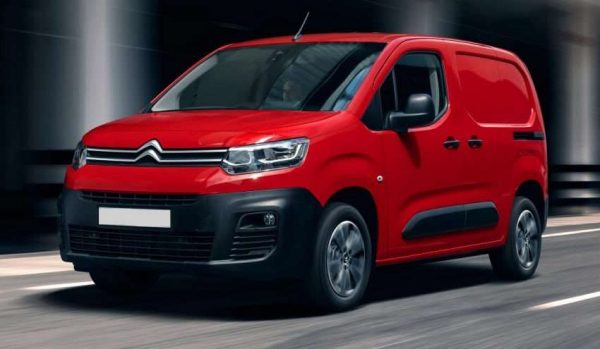
The official definition of a car-derived van is “a goods vehicle which is constructed or adapted as a derivative of a passenger vehicle and which has a maximum laden weight not exceeding 2.0 tonnes.” This means that the vehicle is effectively a car and should be subject to the same speed limits as a car, however, you should also consult the V5C registration document. If it’s not registered as a car-derived van, van speed limits apply.
Car-speed and car-derived van speed limits:
- Urban (built-up) areas: 30mph
- Single carriageways: 60mph (50mph if towing a trailer)
- Dual carriageways: 70mph (60mph if towing a trailer)
- Motorways: 70mph (60mph if towing a trailer)
- Areas as signposted which are less than 60mph (e.g. 20mph): as signposted
MPV-derived van
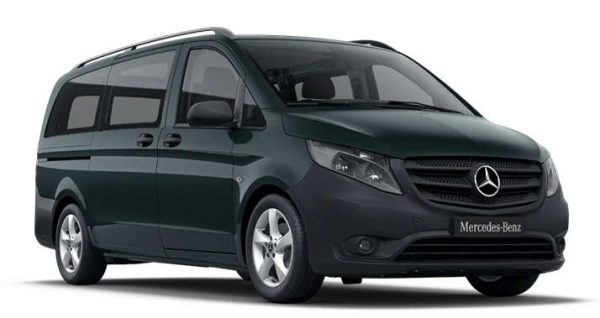
This rule applies to vans which are usually sold as MPVs (also called people carriers and minivans) and have 8 or fewer seats, for example, vehicles such as the Mercedes Vito.
If they are in MPV form, car speed limits usually apply but the only way to be absolutely certain is to check the vehicle’s GVW or maximum laden weight. This can be found on the weight plate which is commonly located on the door sill or door frame. If it is more than 2 tonnes but less than 3.5 tonnes and has 8 or fewer seats, the vehicle should adhere to the maximum small van speed limit.
Minibuses
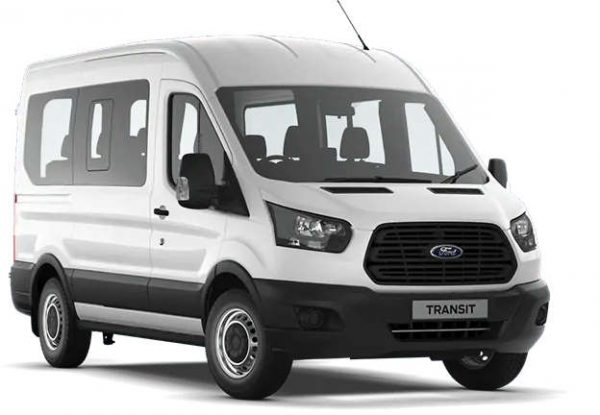
Minibuses have between 8-16 seats and are less than 12 metres overall length. They have a restricted speed limit:
- Urban (built-up) areas: 30mph
- Single carriageways: 50mph
- Dual carriageways: 60mph
- Motorways: 70mph (60mph if towing a trailer)
- Areas as signposted which are less than 60mph (e.g. 20mph): as signposted
Dual-purpose vehicles
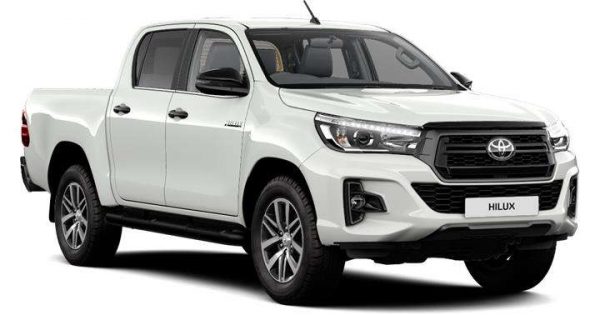
Pick-up trucks can be classed as dual-purpose vehicles if they are constructed or adapted for the carriage of both passengers and goods and designed to weigh no more than 2040kg when unladen. They must have side and rear windows, a second row of passenger seats behind the driver and either four-wheel drive or a rigid roof. This means that some pick-up trucks may not comply (i.e. ones with only two front seats). If they do comply, the speed limits for cars apply. If there is seating for more than eight passengers or it’s more than 12 metres long, van limits apply.
Some forms of longer utility vehicle and van which are kind of pick-up hybrids may also qualify as dual-purpose vehicles – check the definition below.
Legislative definition of a dual-purpose vehicle
The official legal definition can be found here.
A vehicle constructed or adapted for the carriage both of passengers and of goods or burden of any description, being a vehicle of which the unladen weight does not exceed 2040 kg, and which either—
(i) is so constructed or adapted that the driving power of the engine is, or by the appropriate use of the controls of the vehicle can be, transmitted to all the wheels of the vehicle; or
(ii) satisfies the following conditions as to construction, namely—
(a) the vehicle must be permanently fitted with a rigid roof, with or without a sliding panel;
(b) the area of the vehicle to the rear of the driver’s seat must—
(i) be permanently fitted with at least one row of transverse seats (fixed or folding) for two or more passengers and those seats must be properly sprung or cushioned and provided with upholstered back-rests, attached either to the seats or to a side or the floor of the vehicle; and
(ii) be lit on each side and at the rear by a window or windows of glass or other transparent material having an area or aggregate area of not less than 1850 square centimetres on each side and not less than 770 square centimetres at the rear; and
(c) the distance between the rearmost part of the steering wheel and the back-rests of the row of transverse seats satisfying the requirements specified in head (i) of sub-paragraph (b) (or, if there is more than one such row of seats, the distance between the rearmost part of the steering wheel and the back-rests of the rearmost such row) must, when the seats are ready for use, be not less than one-third of the distance between the rearmost part of the steering wheel and the rearmost part of the floor of the vehicle.
Motorhomes and campervans
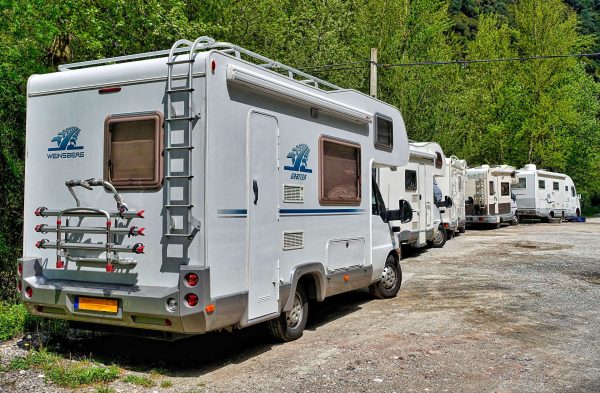
Speed limits for goods vehicles may apply. Motorhomes or motor caravans are classed as goods vehicles if they:
- carry goods for exhibition and sale
- are used as a workshop
- are used for storage
If they are not classed as goods vehicles, the car speed limits apply relevant to towing a trailer.
